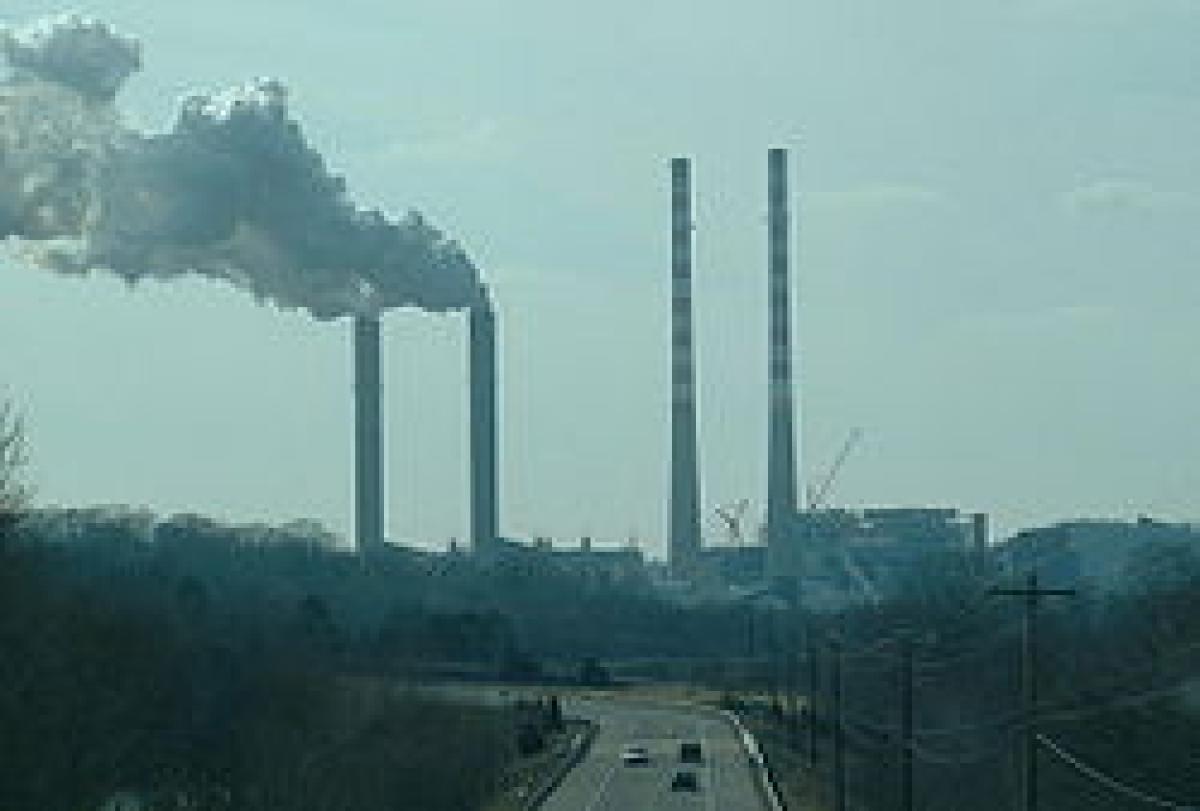Discussions on the topic of atmospheric research almost inevitably invoke some form of the question: What is the source? Talk to most atmospheric scientists about this question and usually one of the first things they will mention is the inherent difficulty in separating out man-made emissions from Mother Nature's normal, but complex cycles. Combustion engines and gas pipeline leaks release CO2 and methane into the atmosphere, but then again, so does the annual spring thaw in the Northern Hemisphere. One method used by researchers to distinguish greenhouse gas emissions from burning fossil fuels is to measure Carbon-14 (14C) isotope levels in the atmosphere. 14C measurements can be linked back to fossil fuel emissions because of the Suess Effect, where fossil fuel combustion changes the concentrations of the heavy isotopes of carbon in the atmosphere.
Unfortunately, performing 14C measurements in a real-time, continuous fashion is not yet possible. So instead, scientists have focused on a tracer gas method using carbon monoxide (CO). Unlike CO2 and CH4, which are continuously released into the atmosphere from both natural and man-made processes, CO is present in the atmosphere only as a product of incomplete combustion or volcanic eruptions. Therefore, measured CO emissions can be closely correlated to CO2 and CH4 emissions caused by burning. While this does include natural sources like wildfires, scientists can at least use continuous CO measurements to establish a reference baseline for observing change.
Around cities, CO is almost exclusively tied to anthropogenic emissions. This makes CO+CO2+CH4 the “measurement trifecta” for quantifying greenhouse gas emissions that are directly linked to urban activity. What if such measurements could be used to track the metabolism or “energy pulse” of densely populated areas? In the morning, we’d expect to see the levels rise with rush-hour traffic & increased energy consumption and then taper off after the evening commute and dinner time. During cold weather, such emissions are known to rise in conjunction with increased furnace and stove use. I find the idea of characterizing urban metabolisms to be an interesting problem which is both complex and dynamic and may warrant larger-scale, long-term measurements.
An interesting fact about CO is its relatively short lifetime in the atmosphere. Because CO is very reactive, its lifetime is measured in months instead of the many years most greenhouse gases are known to persist. A short lifetime leads to an increase in spacial variability, which manifests as distinctive contours on surface concentration plots and lends itself well to correlation with recent activity. If a city were to implement a new carpool program or electric buses, for example, resulting changes in CO concentration may show a more distinctive change signature, which would have been slower to emerge or harder to distinguish using only CO2 or CH4 data.
At Picarro, we are anticipating the launch of several new projects that will attempt to measure urban emissions in greater detail. According to most estimates, cities are the largest source of carbon emissions. So it is encouraging that over 1,000 mayors pledged to reduce carbon emissions at the World Mayors Summit on Climate in November 2010 and 500 European mayors have pledged to cut emissions to one-fifth below 1990 levels by the year 2020, a goal that far exceeds any proposed international treaties or agreements. There is only one way to really know if these cuts are being made effectively and that's to measure the air over the cities and see what's happening. We are looking forward to helping these cities meet their goals by clearly illuminating what's in their air and to helping scientists define the true sources of carbon at regional and local levels. And we can't wait to see the 2401-series deployed towards these ends.
- 3105 Patrick Henry Dr. Santa Clara, CA 95054 USA
- +1 408 962 3900
- info@picarro.com
- Careers
Blog
